In 2023, the global market for battery maintainers was valued at USD 407.79 million and is expected to grow significantly, driven by trends in electric and hybrid vehicles. As we look towards 2025, understanding the latest advancements and selection criteria for battery maintainers is crucial for business buyers in the automotive and consumer electronics industries.
Table of Contents:
– Market Overview of Battery Maintainers
– In-Depth Analysis of the Battery Maintainers Market
– Key Factors to Consider When Selecting Products
– Innovations in Battery Maintainer Technology
– Regulatory Compliance and Safety Standards
– Customer Support and After-Sales Service
– Wrapping Up
Market Overview of Battery Maintainers
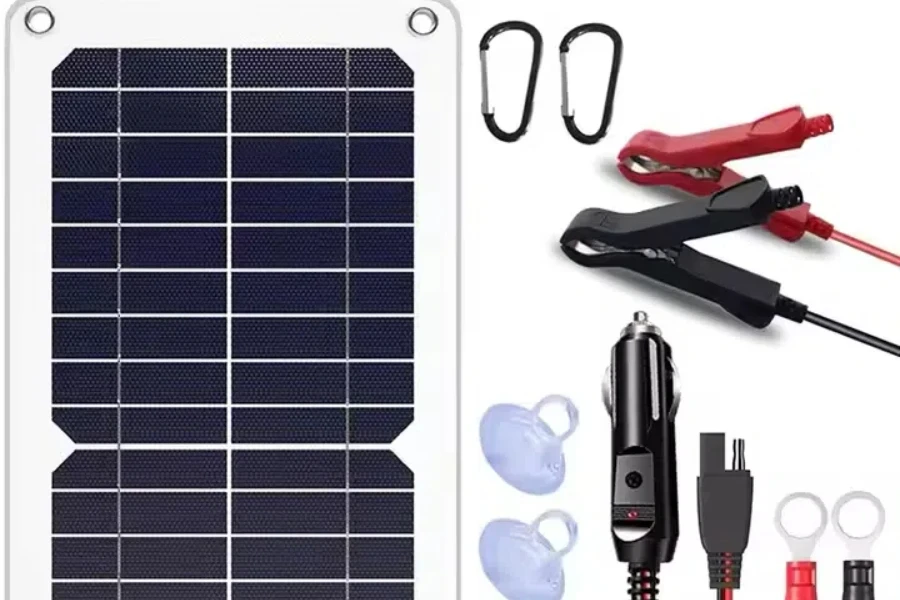
Battery maintainers, also known as trickle chargers, are essential tools in the consumer electronics industry, particularly for automotive applications. The global market for battery maintainers has been experiencing steady growth, driven by increasing demand for automotive battery maintenance solutions. In 2023, the market size was valued at USD 407.79 million and is projected to reach USD 423.57 million by 2024. With a compound annual growth rate (CAGR) of 4.07%, the market is expected to grow to USD 539.47 million by 2030.
Key market drivers include the rising adoption of electric and hybrid vehicles, which require efficient battery maintenance systems to ensure optimal performance. Additionally, the growing need for reliable power backup solutions in critical infrastructures, such as data centers and telecommunications, has further fueled the demand for battery maintainers. The Asia-Pacific region, led by China, Japan, and India, holds the largest market share due to the high vehicle density and increasing consumer awareness about vehicle maintenance.
The market is segmented based on product type, application, and region. The product types include jump-boxes and plug-in units, with lithium-ion battery maintainers gaining popularity due to their lightweight and compact structure. Applications range from passenger cars and light commercial vehicles to heavy commercial vehicles. North America and Europe are also significant markets, driven by the high adoption of electric vehicles and stringent environmental regulations.
In-Depth Analysis of the Battery Maintainers Market
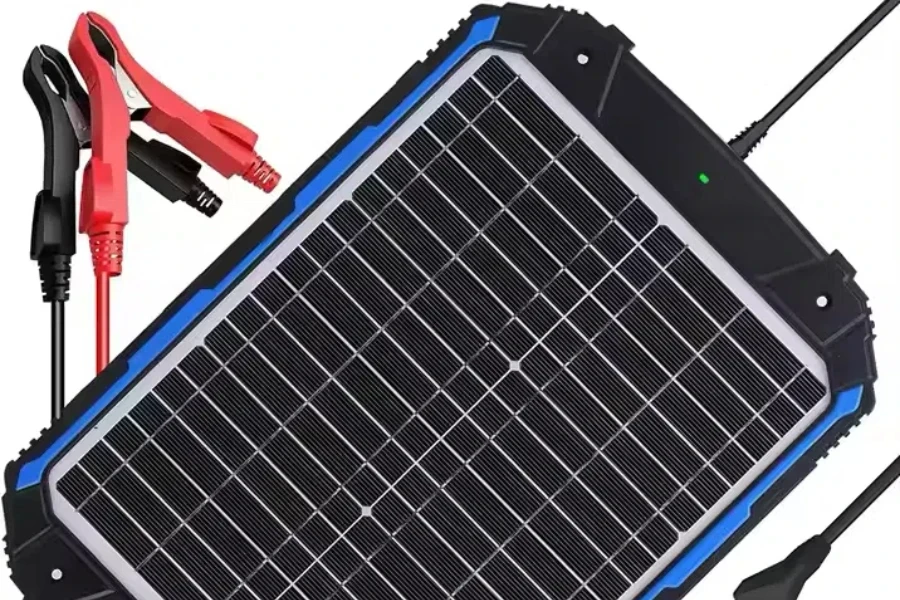
Battery maintainers are critical in ensuring the longevity and efficiency of automotive batteries. Key performance benchmarks for these devices include voltage regulation, temperature control, and charging efficiency. The market is characterized by the presence of both established players and new entrants, with companies focusing on innovation to differentiate their products. Recent developments include the integration of smart features such as wireless connectivity, mobile app control, and predictive maintenance analytics.
Economic influences, such as fluctuating raw material prices and advancements in battery technology, impact market dynamics. Consumer behavior shifts towards electric vehicles and renewable energy solutions have increased the demand for battery maintainers. Seasonal demand patterns are observed, with higher sales during winter months when battery maintenance becomes crucial for vehicle owners.
Distribution channels for battery maintainers include automotive service centers, retail stores, and online platforms. Innovations in battery maintainer technology, such as faster charging times and enhanced safety features, are driving market growth. The product lifecycle stages range from introduction and growth to maturity and decline, with continuous advancements in technology prolonging the lifecycle of high-quality battery maintainers.
Environmental regulations, particularly in Europe and North America, are influencing the market by promoting the use of eco-friendly battery maintenance solutions. Customer pain points include the need for reliable and durable products that can withstand harsh operating conditions. Brand positioning strategies focus on highlighting the reliability, efficiency, and advanced features of battery maintainers.
Differentiation strategies include offering a range of products tailored to specific applications, such as automotive, industrial, and renewable energy storage. Niche markets, such as high-performance battery maintainers for electric buses and trucks, provide growth opportunities for companies. The integration of digitalization and smart technologies is anticipated to enhance the functionality and user experience of battery maintainers in the coming years.
Key Factors to Consider When Selecting Products
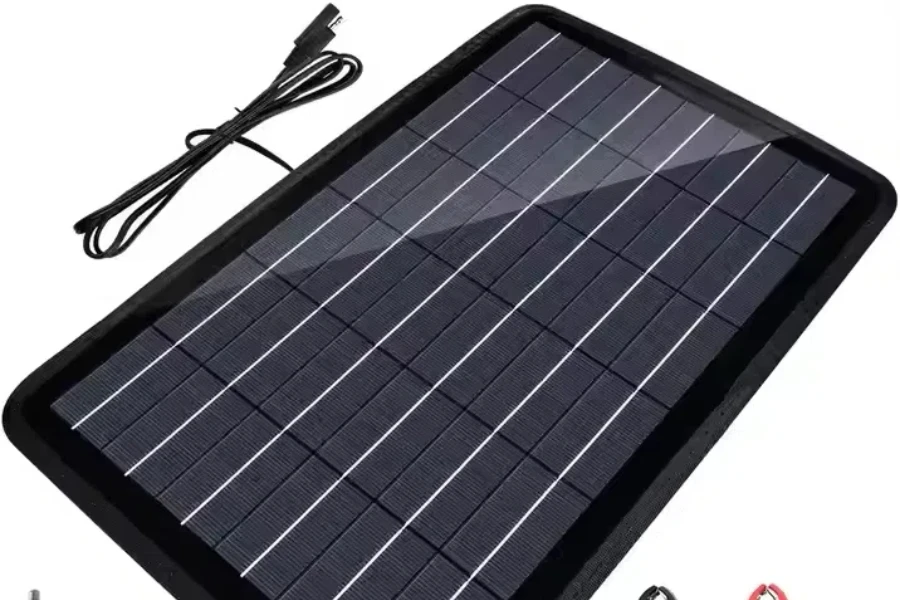
Selecting the right battery maintainer is crucial for ensuring the longevity and performance of your batteries. Here are some key factors to consider:
Types of Battery Maintainers
Battery maintainers come in various types, each suited for different applications and battery types. The most common types include trickle chargers, smart chargers, and float chargers.
Trickle Chargers: These chargers deliver a constant, low-level charge to the battery. They are ideal for maintaining batteries not in regular use, such as those in classic cars or seasonal vehicles. However, they do not adjust the charging rate based on the battery’s condition, which can lead to overcharging if not monitored properly.
Smart Chargers: Equipped with microprocessors, smart chargers monitor the battery’s state and adjust the charging rate accordingly. This prevents overcharging and extends the battery’s lifespan. They are suitable for various battery types, including lead-acid, AGM, and lithium-ion batteries.
Float Chargers: Float chargers maintain a battery at its full charge level without overcharging. They are particularly useful for long-term maintenance of batteries in storage. These chargers automatically switch to a maintenance mode once the battery is fully charged, ensuring optimal battery health.
Performance and Functionality
When evaluating the performance and functionality of a battery maintainer, consider the following aspects:
Charging Speed: The charging speed is critical, especially if you need to quickly restore a battery’s charge. Smart chargers typically offer faster charging times compared to trickle chargers due to their ability to adjust the charging rate based on the battery’s condition.
Compatibility: Ensure that the battery maintainer is compatible with the type of battery you are using. Some maintainers are designed specifically for lead-acid batteries, while others can handle various battery types, including AGM, gel, and lithium-ion.
Safety Features: Look for maintainers with built-in safety features such as overcharge protection, short-circuit protection, and reverse polarity protection. These features help prevent damage to the battery and ensure safe operation.
Technical Specifications
Technical specifications provide detailed information about the battery maintainer’s capabilities and limitations. Key specifications to consider include:
Input and Output Voltage: The input voltage indicates the power supply requirements, while the output voltage determines the range of battery voltages the maintainer can handle. Ensure that the maintainer’s output voltage matches your battery’s requirements.
Amperage: The amperage rating indicates the current the maintainer can deliver. A higher amperage rating usually means faster charging, but it is essential to match the amperage to your battery’s specifications to avoid overloading.
Temperature Range: Some battery maintainers are designed to operate within specific temperature ranges. If you plan to use the maintainer in extreme conditions, ensure that it can perform reliably within those temperatures.
Build Quality and Durability
The build quality and durability of a battery maintainer can significantly impact its lifespan and reliability. Consider the following factors:
Materials: High-quality materials, such as corrosion-resistant metals and robust plastics, ensure the maintainer can withstand harsh conditions and regular use.
Weather Resistance: If you intend to use the maintainer outdoors or in damp environments, look for models with weather-resistant features, such as waterproof or dustproof casings.
Warranty: A longer warranty period indicates the manufacturer’s confidence in the product’s durability. It also provides peace of mind in case of defects or malfunctions.
Ease of Use
User-friendly features can make a significant difference in the overall experience of using a battery maintainer. Consider these aspects:
Display and Indicators: Clear displays and indicator lights provide real-time information about the charging status and battery condition, making it easier to monitor and manage the charging process.
Automatic Operation: Automatic maintainers that switch between charging and maintenance modes without user intervention offer convenience and reduce the risk of overcharging.
Portability: Compact and lightweight designs are easier to store and transport, especially if you need to use the maintainer on multiple vehicles or in different locations.
By carefully considering these factors, you can select a battery maintainer that meets your specific needs and ensures the optimal performance and longevity of your batteries.
Innovations in Battery Maintainer Technology

The battery maintainer market is continuously evolving, with new technologies enhancing performance, safety, and user experience. Here are some of the latest innovations:
Solid-State Batteries
Solid-state batteries are gaining attention for their potential to revolutionize battery technology. Unlike traditional lithium-ion batteries that use liquid electrolytes, solid-state batteries use solid electrolytes, which offer several advantages:
Higher Energy Density: Solid-state batteries can store more energy in the same amount of space, extending the runtime of devices and vehicles.
Improved Safety: The solid electrolyte is less likely to leak or catch fire, reducing the risk of battery-related accidents.
Longer Lifespan: Solid-state batteries are less prone to degradation, offering longer service life and fewer replacements.
AI-Powered Power Management
Artificial intelligence (AI) is making its way into battery maintainers, with AI-powered power management systems optimizing the charging process:
Usage Pattern Analysis: AI systems can analyze usage patterns to predict and optimize charging cycles, ensuring the battery is always ready for use without overcharging.
Adaptive Charging: By adjusting the charging rate based on real-time battery data, AI-powered maintainers can extend battery life and improve efficiency.
Smart Notifications: Advanced maintainers can send notifications to users about battery status, maintenance needs, and potential issues, enhancing convenience and proactive maintenance.
Wireless Charging
Wireless charging technology is becoming more prevalent in battery maintainers, offering a hassle-free charging experience:
Convenience: Wireless maintainers eliminate the need for physical connections, reducing wear and tear on charging ports and cables.
Integration: Some wireless maintainers can be integrated into existing systems, such as garage floors or workbenches, providing seamless charging solutions.
Efficiency: Advances in wireless charging technology are improving charging speeds and efficiency, making it a viable option for various applications.
Regulatory Compliance and Safety Standards
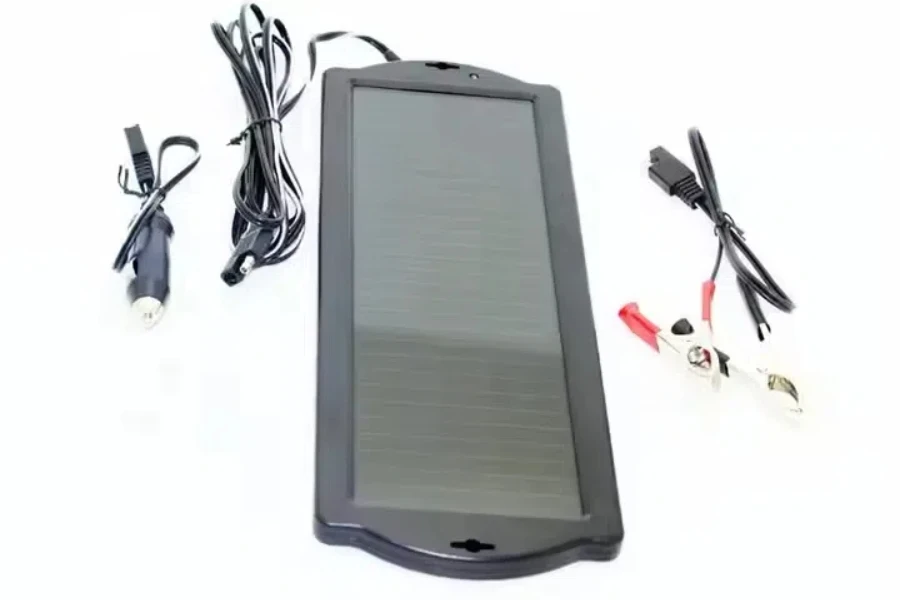
Ensuring that your battery maintainer complies with relevant safety standards and regulations is crucial for safe and reliable operation. Key considerations include:
Certifications
Look for maintainers that have been certified by recognized organizations, such as:
UL (Underwriters Laboratories): UL certification ensures that the product has been tested for safety and meets stringent standards.
CE (Conformité Européenne): CE marking indicates compliance with European safety, health, and environmental protection standards.
FCC (Federal Communications Commission): FCC certification is essential for electronic devices sold in the United States, ensuring they do not cause harmful interference.
Safety Features
Modern battery maintainers should include essential safety features, such as:
Overcharge Protection: Prevents the battery from being overcharged, which can cause damage and reduce lifespan.
Short-Circuit Protection: Protects the maintainer and battery from damage due to short circuits.
Reverse Polarity Protection: Prevents damage caused by connecting the maintainer to the battery terminals incorrectly.
Environmental Considerations
Consider the environmental impact of the battery maintainer, including:
Energy Efficiency: Look for maintainers that are energy-efficient, reducing power consumption and environmental impact.
Recyclability: Choose products made from recyclable materials and those that comply with environmental regulations, such as RoHS (Restriction of Hazardous Substances).
Ensuring that your battery maintainer complies with relevant safety standards and regulations is crucial for safe and reliable operation. Key considerations include:
Certifications
Look for maintainers that have been certified by recognized organizations, such as:
UL (Underwriters Laboratories): UL certification ensures that the product has been tested for safety and meets stringent standards.
CE (Conformité Européenne): CE marking indicates compliance with European safety, health, and environmental protection standards.
FCC (Federal Communications Commission): FCC certification is essential for electronic devices sold in the United States, ensuring they do not cause harmful interference.
Safety Features
Modern battery maintainers should include essential safety features, such as:
Overcharge Protection: Prevents the battery from being overcharged, which can cause damage and reduce lifespan.
Short-Circuit Protection: Protects the maintainer and battery from damage due to short circuits.
Reverse Polarity Protection: Prevents damage caused by connecting the maintainer to the battery terminals incorrectly.
Environmental Considerations
Consider the environmental impact of the battery maintainer, including:
Energy Efficiency: Look for maintainers that are energy-efficient, reducing power consumption and environmental impact.
Recyclability: Choose products made from recyclable materials and those that comply with environmental regulations, such as RoHS (Restriction of Hazardous Substances).
Customer Support and After-Sales Service
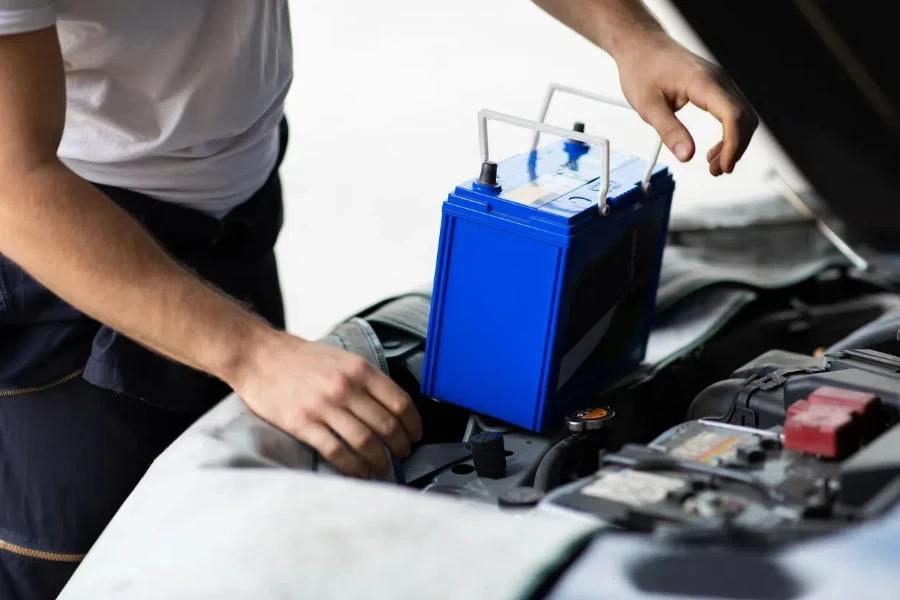
Reliable customer support and after-sales service are essential for ensuring a positive experience with your battery maintainer. Key factors to consider include:
Warranty and Return Policy
A comprehensive warranty and flexible return policy provide peace of mind and protect your investment:
Warranty Duration: Look for maintainers with longer warranty periods, indicating the manufacturer’s confidence in the product’s durability.
Return Policy: Ensure the return policy is clear and reasonable, allowing you to return or exchange the product if it does not meet your expectations.
Technical Support
Access to knowledgeable technical support can help resolve issues and provide guidance on using the maintainer effectively:
Availability: Check the availability of technical support, including hours of operation and contact methods (phone, email, chat).
Expertise: Ensure the support team has expertise in battery maintenance and can provide accurate and helpful information.
User Manuals and Resources
Comprehensive user manuals and online resources can enhance your understanding of the maintainer and its features:
User Manuals: Look for detailed user manuals that provide step-by-step instructions and troubleshooting tips.
Online Resources: Check for online resources, such as FAQs, video tutorials, and forums, where you can find additional information and support.
Wrapping Up
In summary, selecting the right battery maintainer involves considering various factors, including the type of maintainer, performance, technical specifications, build quality, ease of use, and regulatory compliance. Stay informed about the latest innovations in battery maintainer technology and ensure reliable customer support and after-sales service to make the most of your investment.



